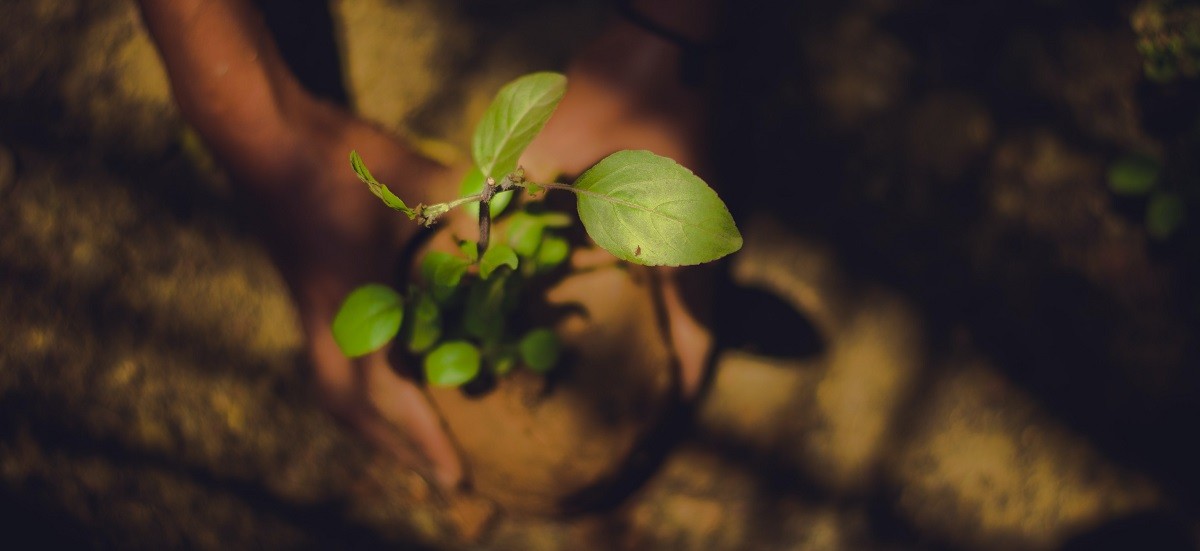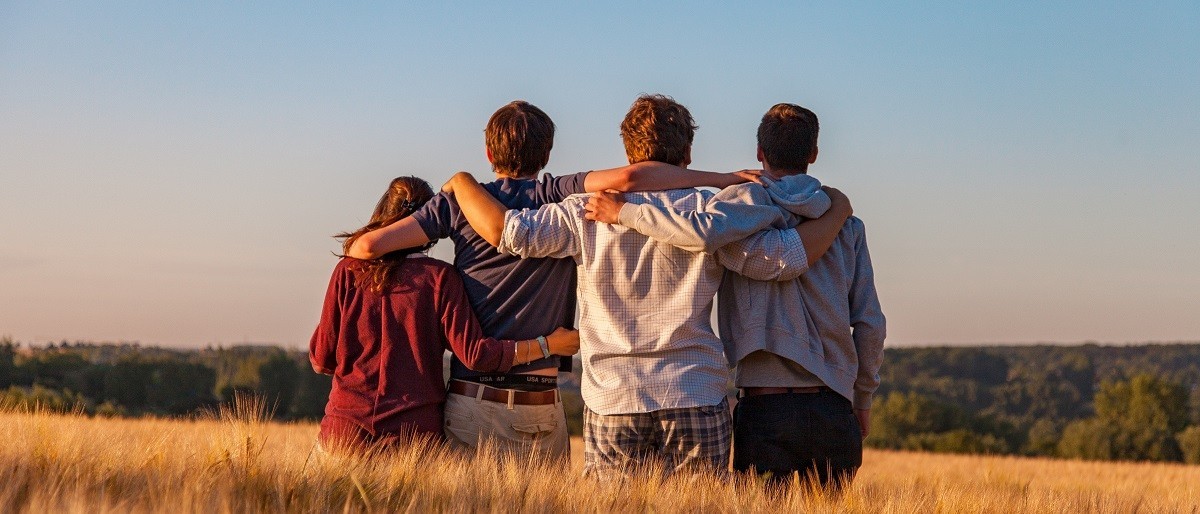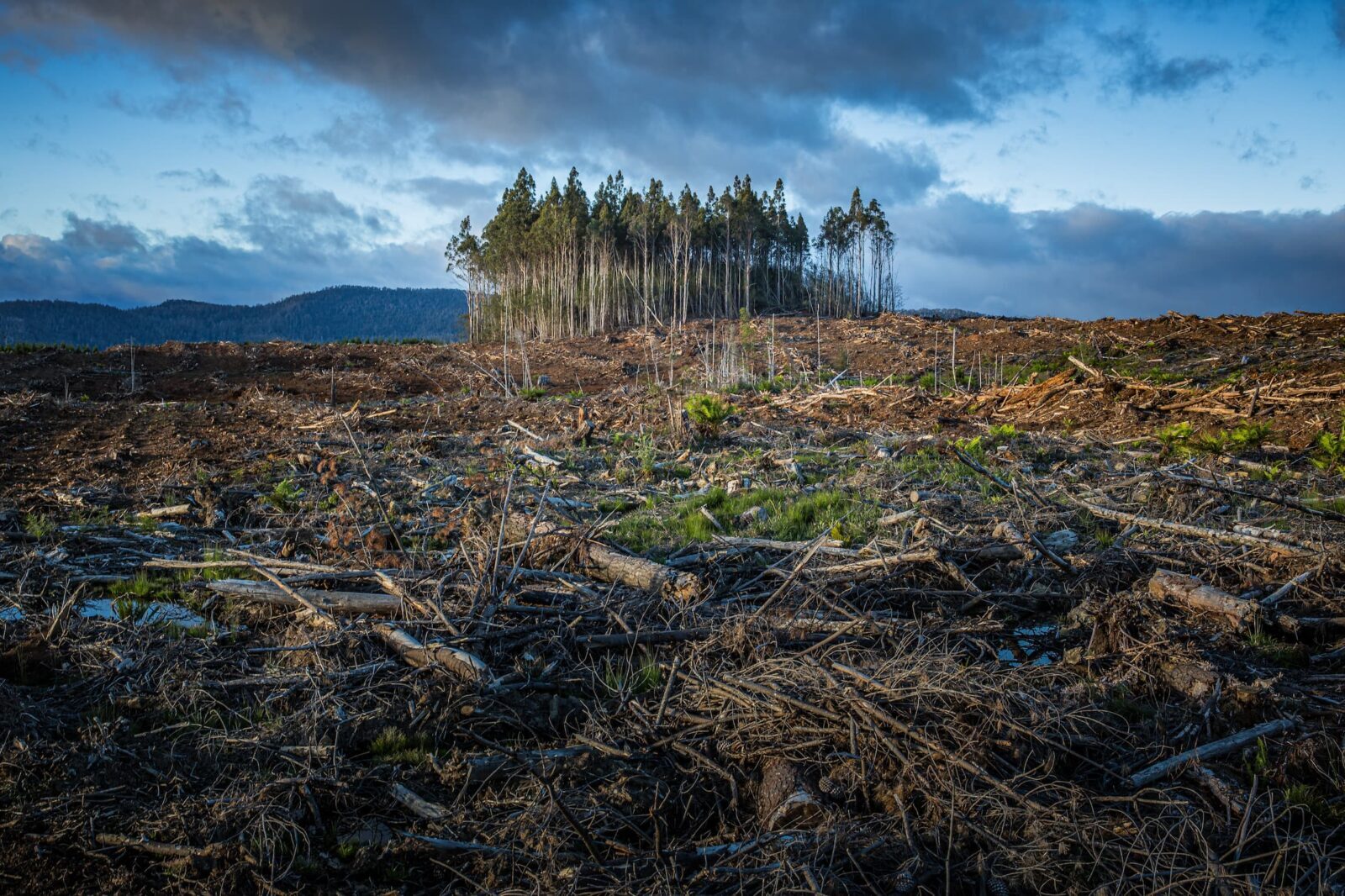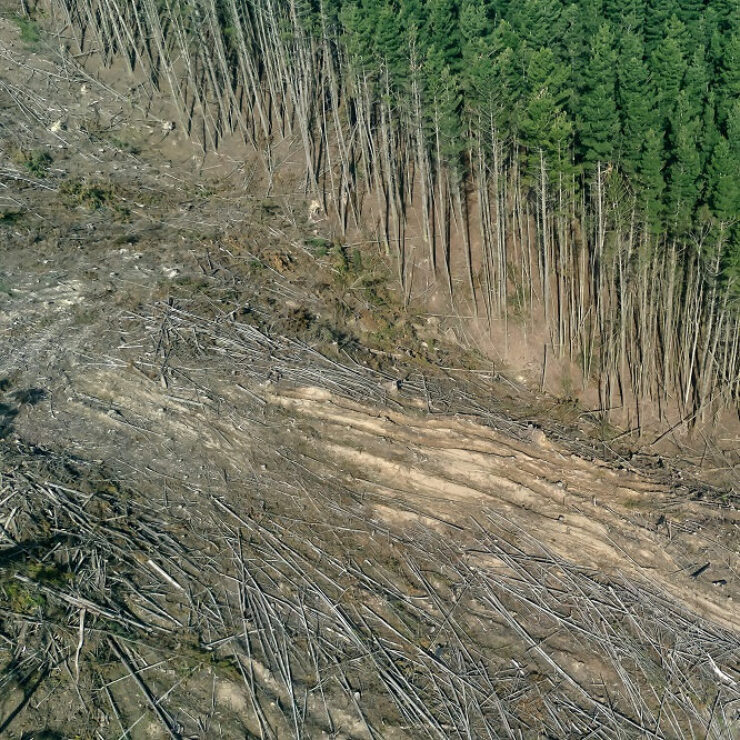Life on Earth could not survive without forests. The forests and oceans are the lungs of the planet and they have a crucial role in the fight against climate change because they absorb 20 billion tonns of CO2 per year.
CP2 is the primary gas responsible for the greenhouse effect and the main culprit in global warming.
The importance and value of Earth’s ecosystems is so clear that caring for and respecting them should be a part of everyone’s life.
Almost a third of the planet is covered by forests. That is equivalent to 40.6 billion hectares.
These enormous forested areas are essential to our survival: the water we drink, the food we eat and the air we breathe.
However, we are destroying our very source of life: humankind is cutting down 13 million hectares of forest each year. But all is not lost.

What is reforestation?
Reforestation consists of replanting deforested areas to restore forests destroyed in the recent past.
The destruction of large forests, which are essential to absorb CO2, produce oxygen and palliate climate change, make it necessary to plant huge numbers of new trees with the ultimate aim of saving ecosystems from destruction and protecting the planet from damage.
Reforestation will:
- Restore lost biodiversity.
- Reduce the amount of carbon dioxide in the air.
- Reverse soil erosion and restore water basins.
- Protect human health.
There are two different types of reforestation depending on the area:
- Urban reforestation. This is tree planting in developed areas. The purpose depends on the city’s needs: modify the climate — green zones are good for beating the heat —, improve air quality — heavy traffic in cities increases CO2 levels — provide more shady areas or enhance the appearance of the environment.
- Rural reforestation. Huge numbers of trees are planted in areas that have suffered deforestation, places which were once forests, jungles or covered with semi-arid vegetation. Forests can also be planted in areas where they have never existed, although the correct term in this case would be forestation.
4 steps to reforestation
To make sure the reforestation process is made the right way and to ensure positive outcome, these four steps should be undertaken:
-
Site study
First of all, the land must be analyzed and the conditions of the area must be checked: from the soil — depth, texture, fertility — to the climate — dry or wet season (there must be moisture) — and the type of local fauna and flora that live in the ecosystem.
-
Choice of species to plant
It is recommended to plant local species, but it is also acceptable to included fast-growing species that are compatible with the soil and the climate. It is important to have good quality forest germplasm, and ideally the nursery of origin should be no more than 100 kilometers away. The manner and time at which the trees are transported is also important to avoid the heat of the sun and strong wind.
-
Choosing planting method
First prepare the soil, select the right tools and opt for the least invasive technique. Tree height and coverage of each new plant must be considered so that they do not interfere with each other. The plantation does not end with the forest germplasm, but must also include a follow-up plan.
-
Establish a protection plan
The follow-up plan must specify how to protect the reforested area from threats of disease, infestation, fire and illegal logging, among others. Maintenance and assessment are essential to secure the reforestation.

Let’s be forest-positive together
By working together, we can make a difference.
Bringing together businesses and customers to pool the resources, reforestation can really pick up the pace.
We, as humans, are spending money on things everyday, and one euro per transaction should not be questioned, when the outcome is one strong a beautiful tree in your local area!
Did you know, that increasing the forest cover of Earth by 25% will offset the human emissions in the latest 20 years?
The reestablishment of forests is not just simple tree planting. Forests are made up of a community of species and they build dead organic matter into soils over time. A major tree-planting program could enhance the local climate and reduce the demands of burning large amounts of fossil fuels for cooling in the summer.
We make sure that the planting process takes account everything important, which also includes the diversity of tree species.
Take the first step with us and make a big contribution to a green and healthy world all around the globe!




